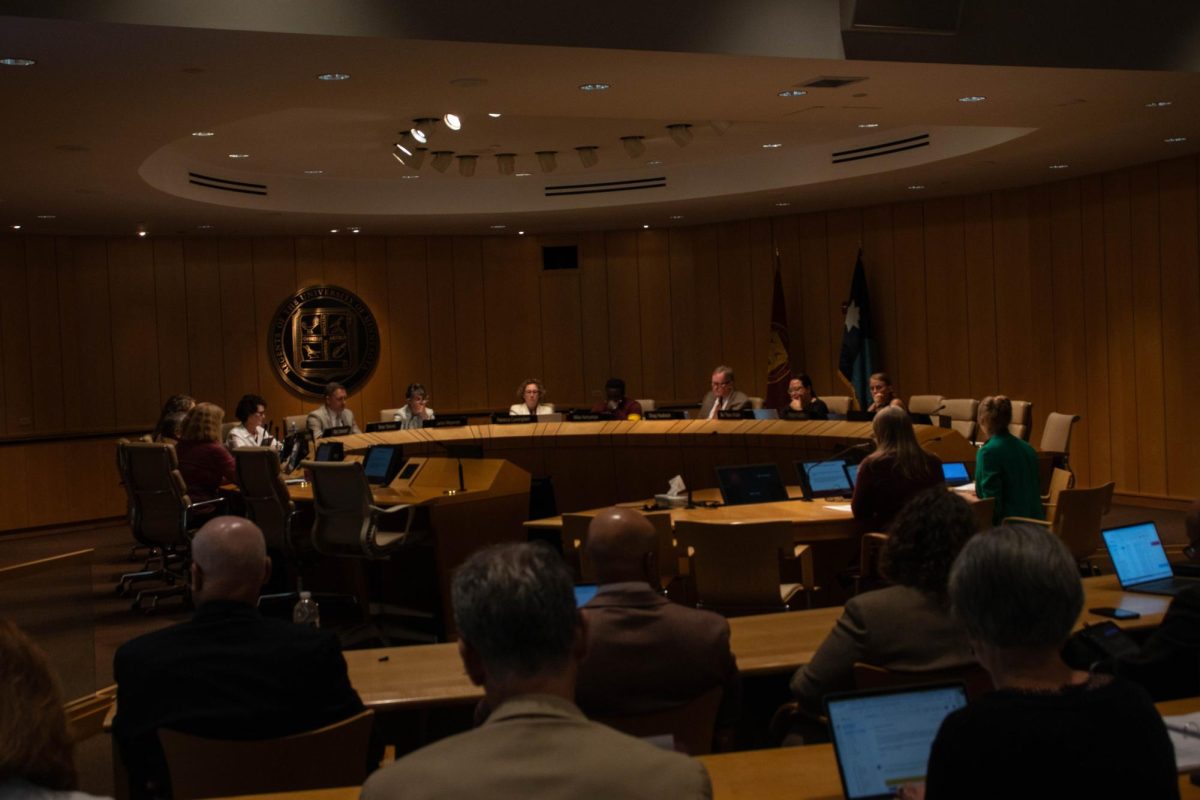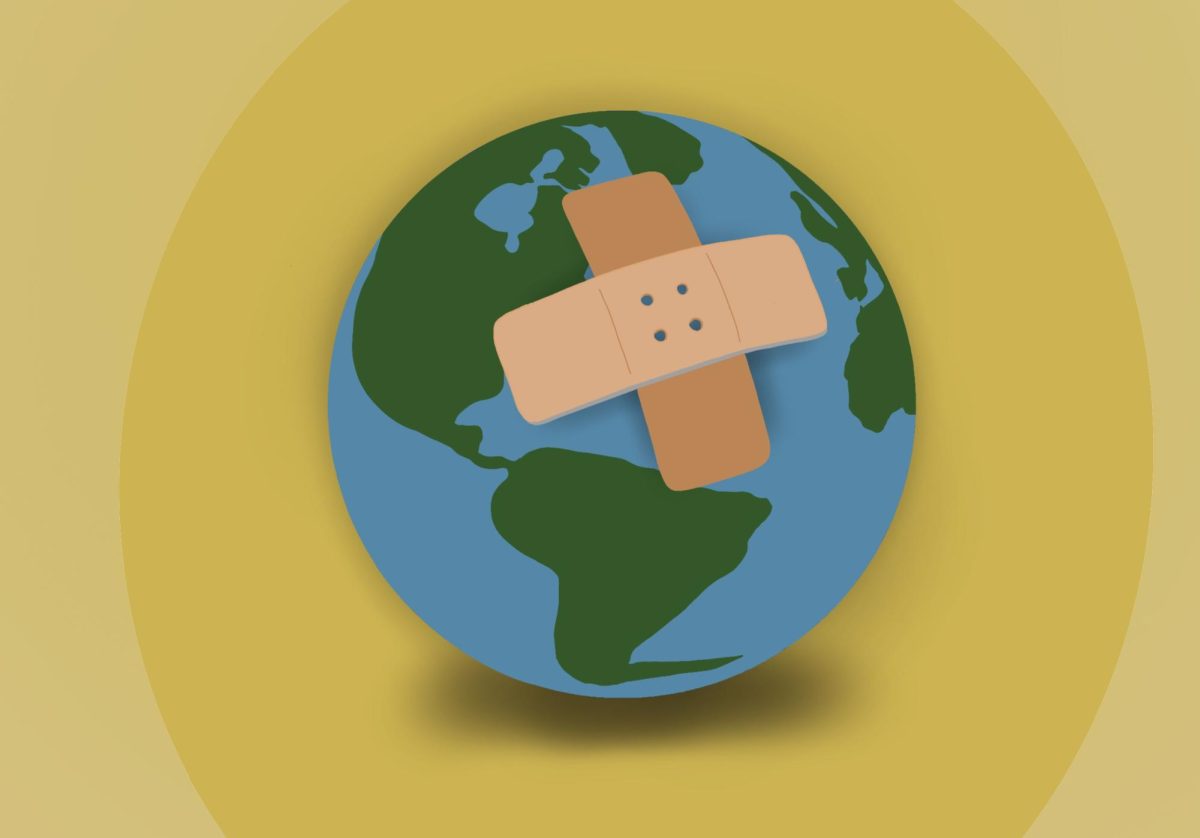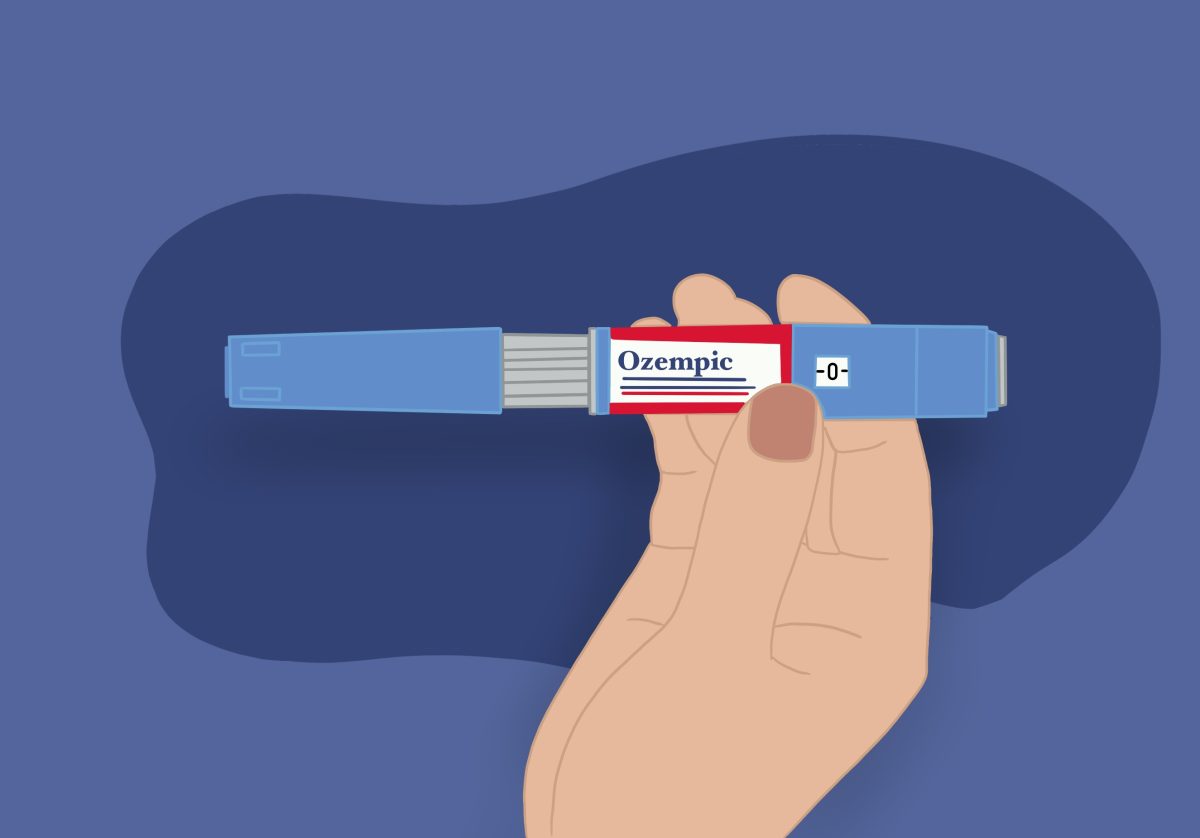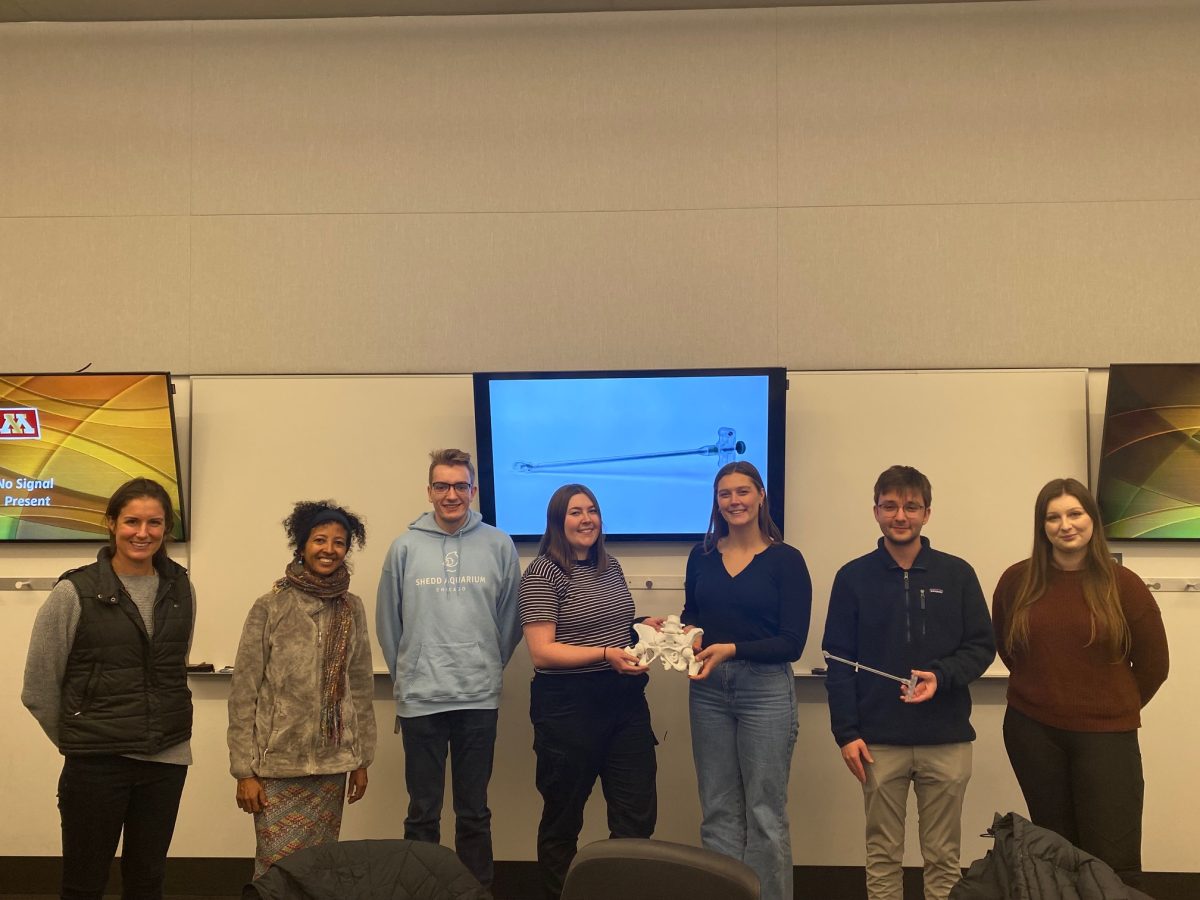Researchers from the School of Social Work, the College of Human Education and Development and the Center for Practice Transformation developed a virtual curriculum with colleagues in Malaysia using narrative exposure therapy for refugees experiencing trauma.
Partnering with Malaysian providers and the Center for Practice Transformation, the University of Minnesota researchers developed a 33-hour virtual curriculum that spans 10 weeks for practitioners to help refugees experiencing trauma, according to School of Social Work associate professor Patricia Shannon.
Shannon came up with the idea after she finished teaching a course on Zoom. She realized the video platform’s potential for combating the shortage of practitioners trained in trauma therapy.
Jillian Wright, the associate director for community engagement at the Center for Practice Transformation, worked on enrolling people from Malaysia. She used her expertise as a psychotherapist to moderate the sessions and develop a treatment for her practice as a therapist.
The fee for enrolling in the curriculum was around $98 and was subsidized through grant funding, as accessibility was a core feature of the curriculum, Wright said.
The curriculum teaches narrative exposure therapy, which differs from general therapy in its approach, Wright added.
“Narrative exposure therapy is going into the most painful experiences trauma survivors have with intention, rather than learning skills to adapt,” Wright said. “Just by virtue of being able to tell their story, they have a corrective experience by seeing someone responding with care and validating that what they went through was really, truly awful.”
Narrative exposure therapy challenges the notion that events, like sexual abuse or torture, should not be spoken about because people were told so, according to Wright.
“When people have these experiences in therapy, where they get to systematically and safely describe what’s happened to them, they begin to see themselves as someone who is powerful and has agency,” Wright said.
The School of Social Work has a Center for Practice Transformation which provides continuing education to advanced licensed clinicians, Shannon said.
According to Shannon, the idea of a virtual curriculum was discussed among departments for a year before starting 18 months later.
“This is a really exciting time for students who want to work in global health,” Shannon said. “The opportunities that this type of technology offers will help people around the globe gain access to vital education.”
Since the curriculum was made in collaboration with the Center for Practice Transformation, all of its continuing education programs include a certificate of completion for students and clinicians taking the course, said Will Carlson, a graduate student in the School of Social Work.
Students in Malaysia said they found it important to receive a paper certificate after completion because having professional-level continuing education credits from an American university is valuable, said Carlson, a doctoral researcher on the project.
“We anticipated a higher hurdle than it ended up being in terms of technology,” Carlson said. “However, one challenge was the cost and negotiation of exchange rates, so we wrote grants to pay for the platform to discount the price because we wanted to reach nonprofits.”
The course starts with talking about the impact of trauma on clinicians and how to sustain themselves in mentally taxing work, Carlson said.
Looking out for the well-being of the therapist and making sure they have support is important because they have also potentially been exposed to trauma through their work, Wright said.
“We can just say ‘self-care’ your way out of burnout because it’s a systemic problem that systems have to be able to restructure expectations to get people what they need, such as better supervision, better work environments and more autonomy in their role,” Wright said.
Being trained in narrative exposure therapy, Wright said he noticed the positive effects of using it in practice.
“It’s a 180 to see someone come in, they’re quiet, they’re small, they’re gray, and then they just become this, blossom of a person in the span of a few months,” Wright said. “We just don’t have a lot of treatments that are that reliable and that predictable in therapy.”
Narrative exposure therapy was originally developed for refugees and people with a long history of trauma, Wright said.
“One of the more generally motivating pieces for me is the reality that psychological trauma is so debilitating and so treatable,” Carlson said. “Practical ways to help, like this curriculum, are what is really going to make an impact.”
According to Wright, narrative exposure therapy was used in children as young as seven and has applicability beyond the refugee population, especially those experiencing post-traumatic stress disorder.
“It’s certainly difficult work, but it’s the most profound and moving and privileged work that I’ll ever be able to do,” Wright said.























